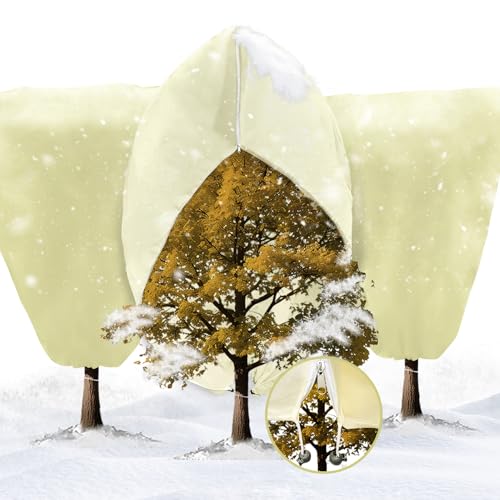How to protect mulberry trees in winter – gardening advice to keep your fruiting plants safe from the cold
Young mulberry trees or plants grown in pots need winterizing to help keep them protected from frost and snow
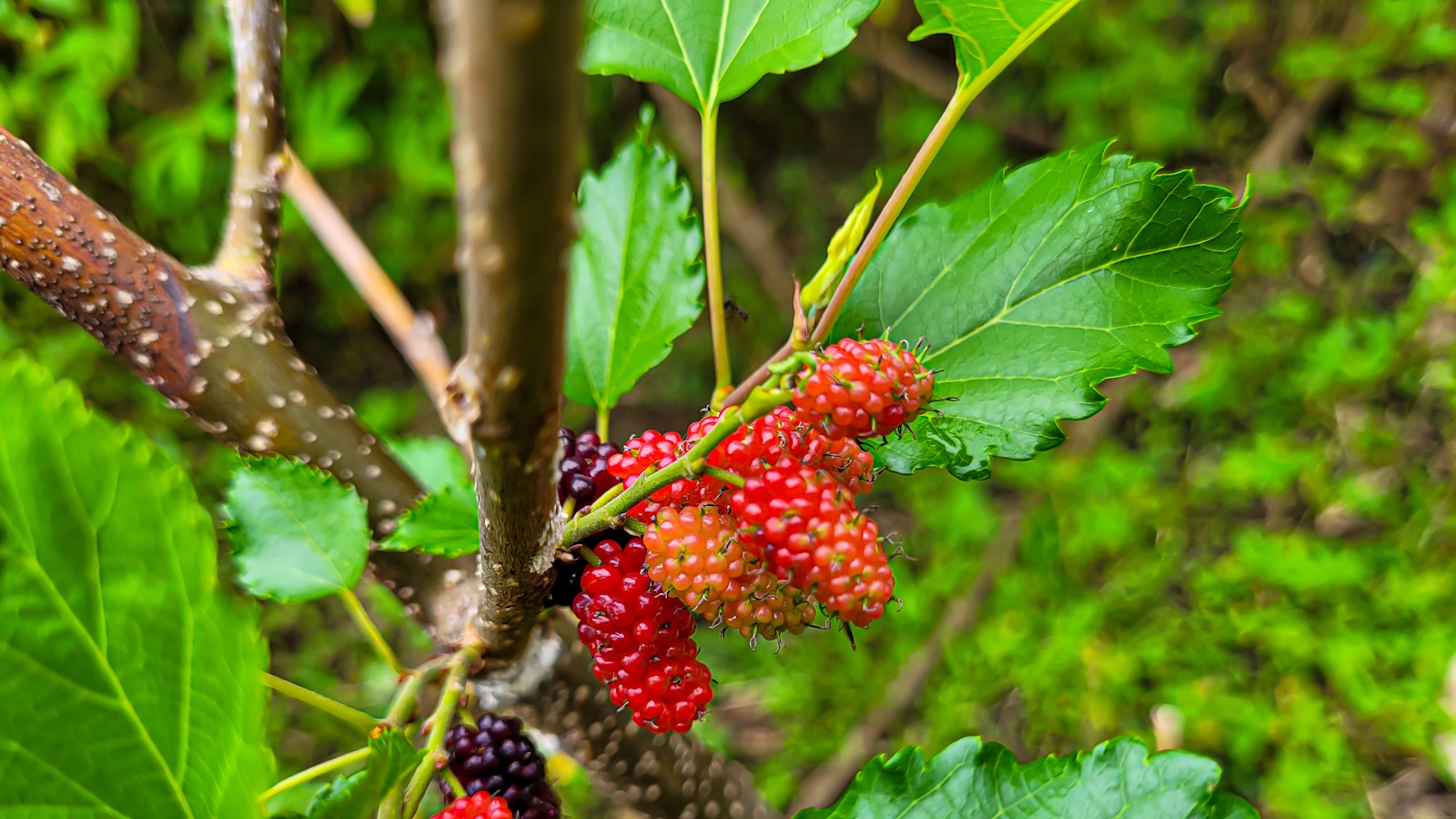

Mulberry trees are, for the most part, cold-hardy. The three most widespread varieties, red, black and white mulberries, are native to North America and Asia and can all be grown down to US hardiness zone 4 or 5, tolerating the worst of the winter weather.
There are some occasions, however, when cold winds and heavy snowfall can damage mulberry trees, namely when the specimen is young, has been recently planted in fall, or if you grow fruit trees in pots.
So, while you might already know how to grow a mulberry tree, there are some actions to take before winter arrives, particularly if you reside in cooler regions where temperatures can plummet. This guide reveals how to protect mulberry trees in winter to keep your fruiting trees healthy through the cold months ahead.
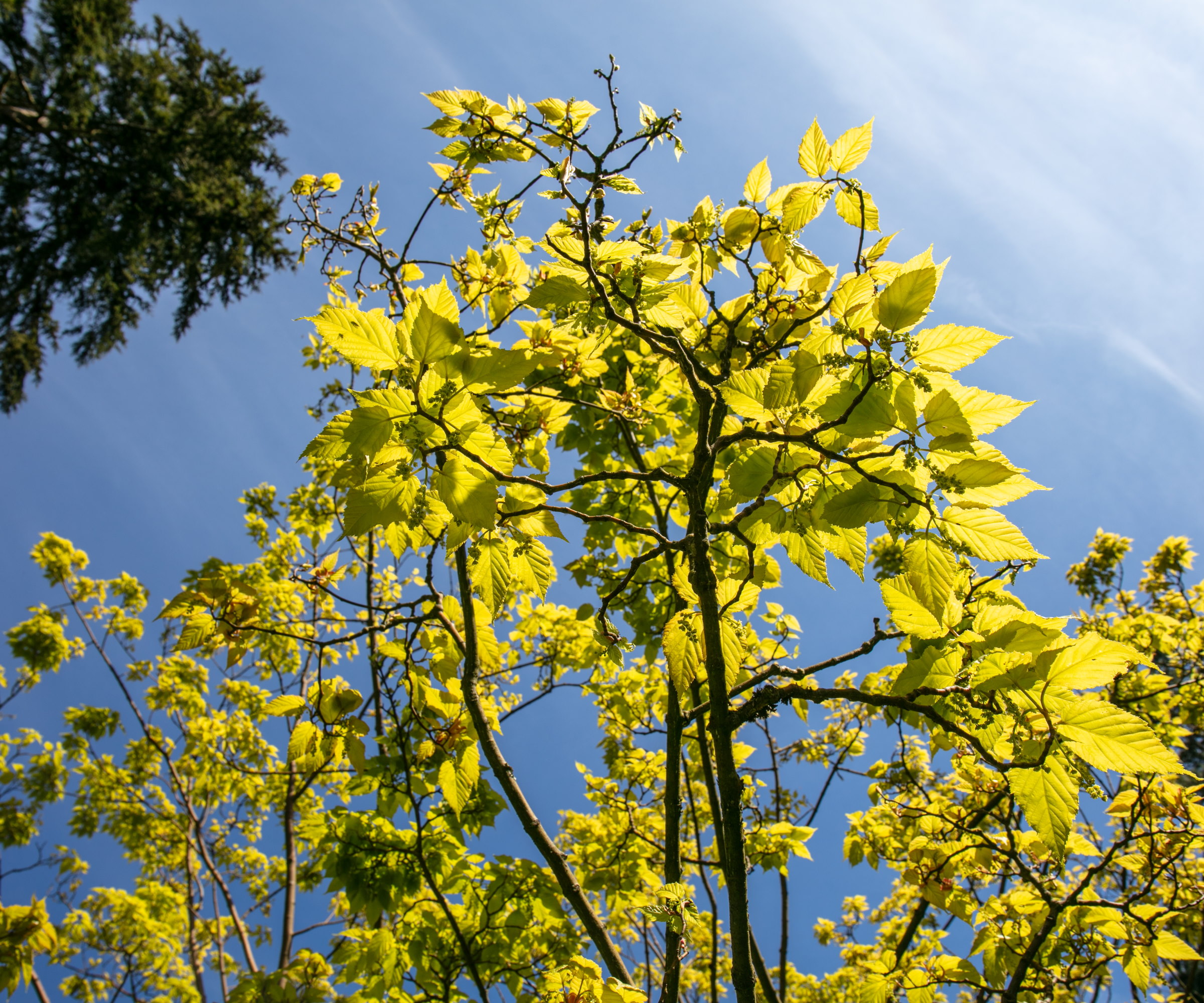
How to protect mulberry trees in winter
While your approach to winterizing mulberry trees will depend on where you live and your US hardiness zone, it is a good idea to protect young plants or fruit trees in pots, particularly in northern areas, including zone 5 or below. There are a few simple steps to take that will help to achieve this before winter sets in.
Apply mulch around mulberry trees before winter
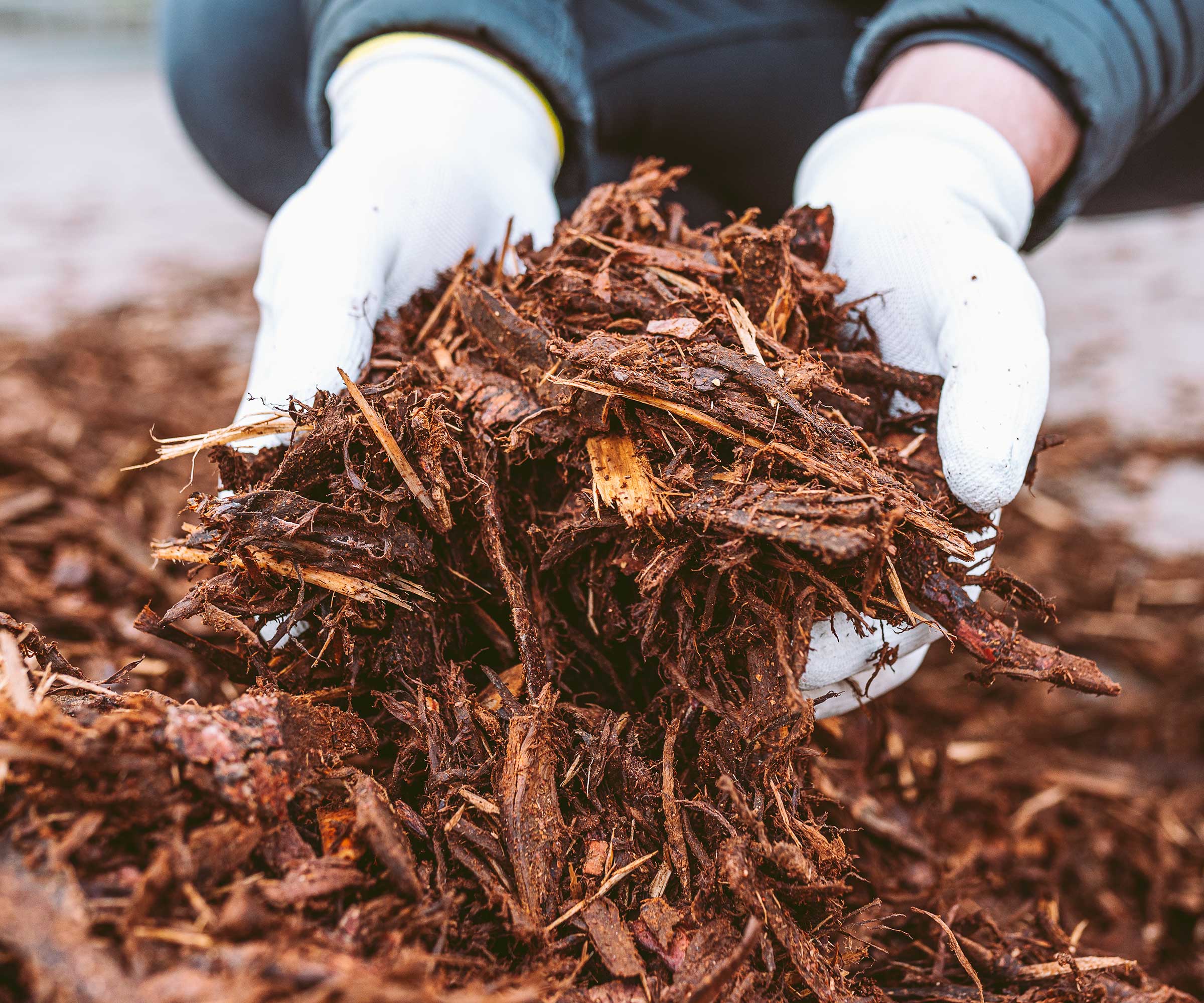
When thinking about how to protect mulberry trees in winter, your first action should always be mulching. Adding a thick, protective layer of mulch before the winter weather arrives can help to insulate roots, which is particularly important in cooler regions where freezes can last for many weeks.
All you need to do is apply a thick two to four-inch layer of good quality mulch to stop soil freezing in winter. Use something like this organic bark mulch, available from Amazon. When spreading your mulch, be sure to wear gardening gloves to protect your hands, as some chippings can be sharp. You should also keep a small circle free from mulch around the trunk of the tree, to prevent rotting. Use your hands to move the mulch away from the trunk once you have finished applying it.
Mulching is a good idea for both trees in your borders and fruiting trees grown in pots. If you have a mulberry tree grown in a container, you might need to make some room in the pot, so carefully remove an inch or two of soil without damaging any roots.
Design expertise in your inbox – from inspiring decorating ideas and beautiful celebrity homes to practical gardening advice and shopping round-ups.
While there is no right or wrong time to mulch, I would suggest getting this done in November or early December at the latest, before the snow and frost arrive.
Cover young trees during heavy snow
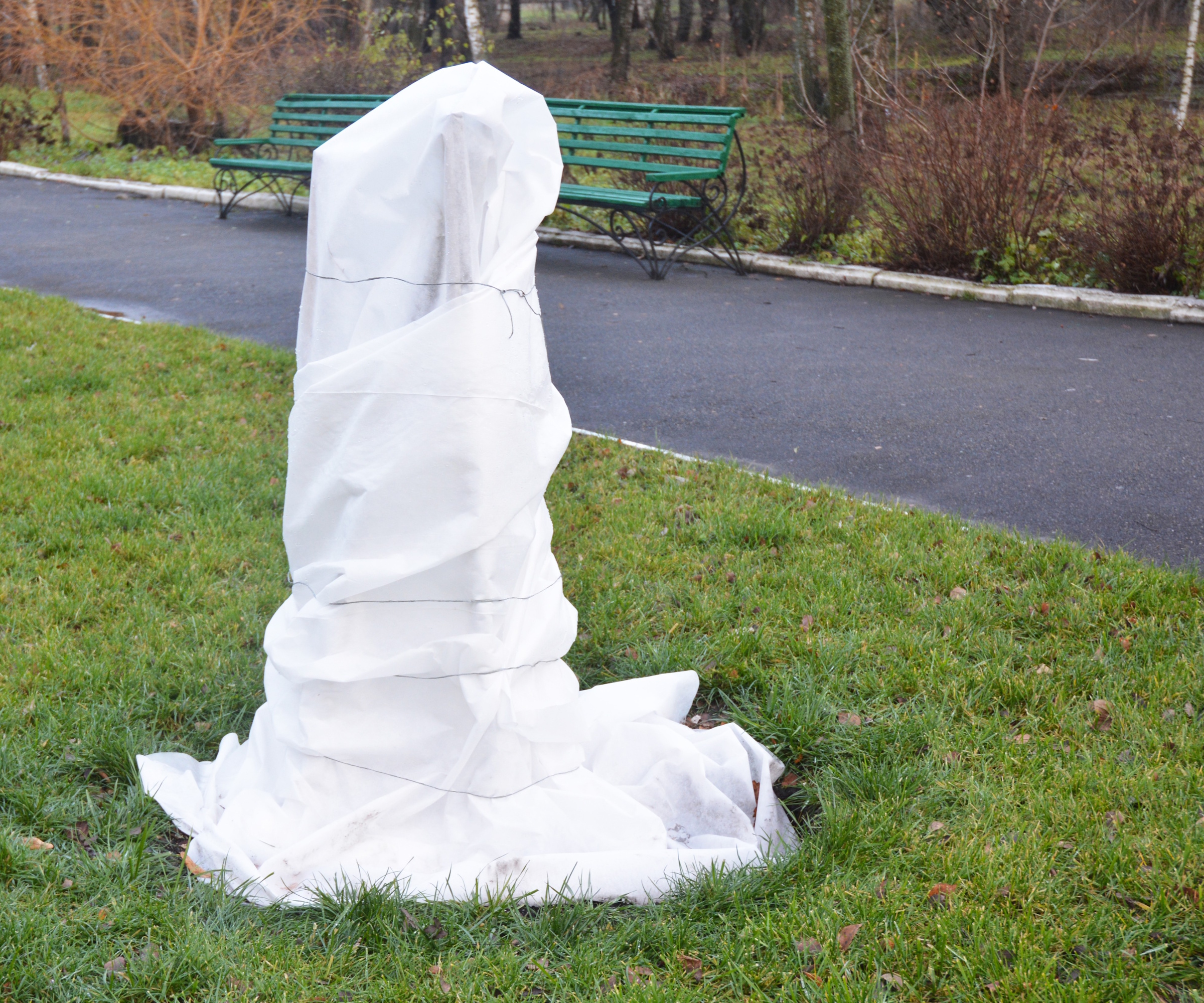
While larger, established mulberry trees do not need any winter protection, for younger, recently planted specimens, it is a good idea to protect plants from frost using a frost cloth. Think of it as an insurance policy, safeguarding your young plant when heavy snow or long periods of frost are expected. Use something like this easy-to-use plant cover, available from Walmart.
For younger plants, doing this won't tend to have any impact on getting the mulberry tree to fruit, largely because they can take eight or more years after planting to produce their first crop. However, using a frost cloth, commonly referred to as horticultural fleece or fabric, will protect young stems and the root system, which may not be properly established if the tree was only planted in the fall.
All you need to do is drape the frost cloth over your tree, as can be seen in the image above. If you need to create a tent-like structure, you can use bamboo canes to do this. It is best to cover the base of the tree too, weighting the fabric down with stones or pegs. Once the temperature rises above freezing, you can carefully remove the frost cloth, although be warned, this might be one of those winter gardening jobs that you have to repeat multiple times throughout the season.
Protect mulberry trees grown in pots
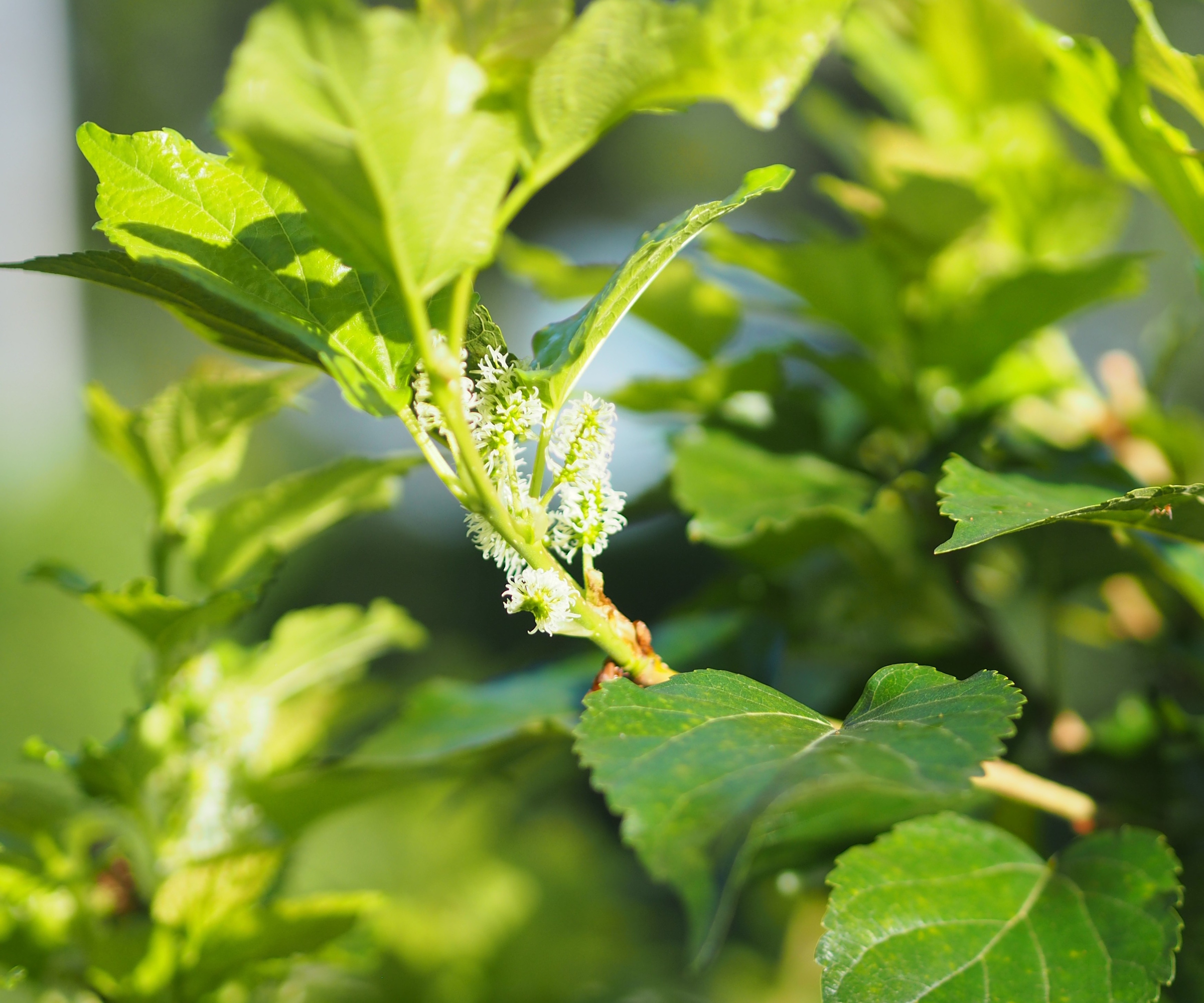
'If you grow fruit trees in pots and you reside in a cool region, such as US hardiness zone 4, you will need to protect your plants during the winter months,' says plant expert, Katie Sunderlage, based in Wisconsin.
'This is no different for mulberry trees grown in containers,' Katie continues. 'Taking a small amount of time to learn how to protect mulberry trees in winter will pay off especially when the frosty weather comes.
'Move your fruit trees growing in pots to a protected area in the yard, ideally out of wind,' Katie adds. 'Somewhere close to the house is best.
'Next, you can add a layer of insulation around the pot to keep the roots from freezing. Mulch mounded around the pot or straw bales would work - something heavy enough that will not blow away and will keep the pot upright is best.
'Finally, you should also wrap the tree in burlap or a plant cover during cold spells, to keep the frost and snow from damaging your tree. You can remove the frost cover when the temperature climbs, or you can leave this on the plant from November until March.' Smaller plant covers are available from Walmart.

Operations Manager at Holland Group, managing the customer service department and purchasing. Katie has been in the green industry since 2005 in the Greater Milwaukee area, earning her degree in Horticulture in 2008. She has been able to share her love for plants working in multiple garden centers, in sales positions and most recently in an online retail platform at Holland Group.
FAQs
A large mulberry branch snapped in a storm - what should I do to protect my tree?
Broken branches are a common issue during fall and winter. High winds and stormy weather can lead to large or heavy branches snapping under high pressure. If this happens to you, act quickly to prevent any further damage to the tree. Using a pruning saw, carefully cut the broken or damaged limb back to the main trunk, or to a healthy joint. You can add this broken branch to a log pile at the back of your yard. Effective Fiskars pruning saws are available from Walmart. You should not need to cover the wound, it will recover naturally.
Pruning mulberry trees is typically done in winter when the trees are dormant. This is because the species bleeds sap, so you want to make any cuts after leaf drop in the fall but before the sap begins to rise in spring.
Pruning these fruit trees could therefore be done anytime from late November through to March, but most specimens should not require much trimming. Instead, allow your mulberry trees to develop a natural, weeping shape.

Thomas is a Content Editor within the Gardens Team at Homes and Gardens. He has worked as a professional gardener for both public spaces and private estates, specializing in productive gardening, growing food and flowers. Trained in Horticulture at the Garden Museum, he has written on gardening and garden history for various publications, including The English Garden, Gardens Illustrated, Hortus, The London Gardener and Bloom. He has co-authored a Lonely Planet travel book, The Tree Atlas, due out in 2024.
